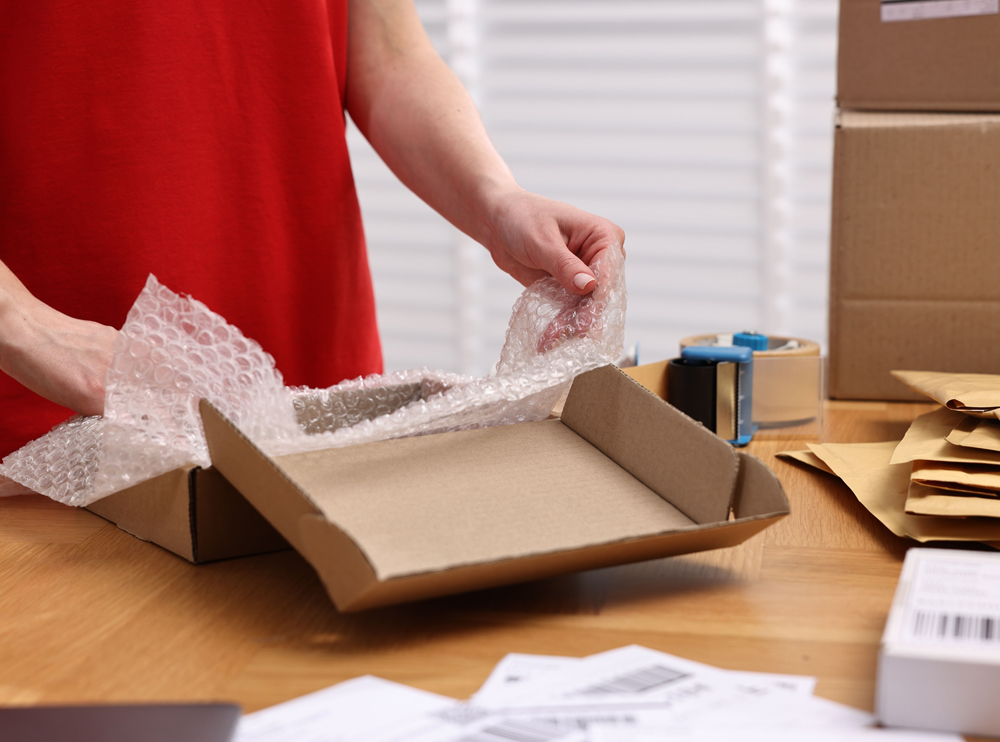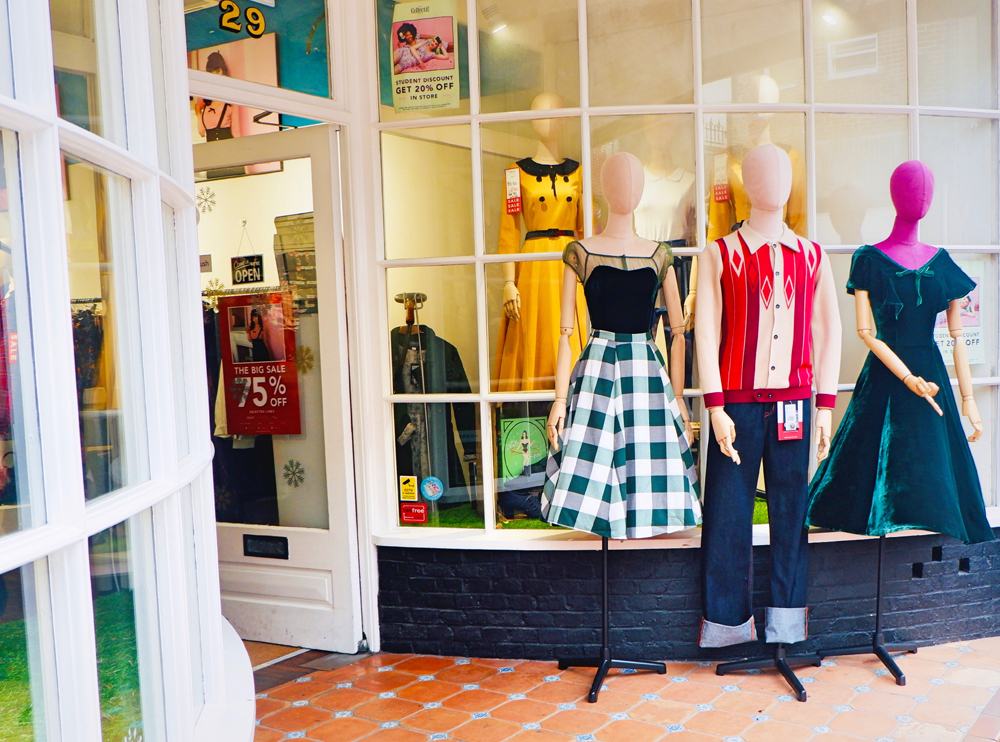
The Joy of Giving Items a Second Life
In a world where the phrase “out with the old, in with the new” often seems to dominate, there is a quieter, more thoughtful movement gaining momentum, the joy of giving items a second life. Whether it’s a cherished vintage jacket, an old piece of furniture, or a pre-loved book, extending the life of possessions not only brings satisfaction but also has profound environmental, economic, and social benefits.
This blog explores why breathing new life into items you already own—or those someone else no longer needs—is a rewarding practice that is reshaping how we think about consumption, waste, and creativity.
Why Second Life Matters
Every year, millions of tonnes of goods are discarded in the UK alone. Fast fashion, rapid technological advances, and a culture of convenience have led to a throwaway mindset that puts enormous pressure on our planet’s resources.
Giving items a second life helps tackle this issue by reducing waste, conserving resources, and lowering carbon footprints. When you refurbish, repair, or repurpose an item instead of buying new, you’re actively participating in a circular economy—a system designed to keep products and materials in use for as long as possible.
Environmental Benefits of Extending the Life of Items
The environmental impact of manufacturing new products is staggering. Consider the energy, water, and raw materials required to produce just one new item. For instance:
- Producing a new cotton T-shirt consumes about 2,700 litres of water.
- Manufacturing electronics requires mining precious metals, which damages ecosystems.
- Plastic waste from packaging and discarded products contributes heavily to pollution.
By contrast, giving items a second life cuts down on all of these impacts. It means fewer items end up in landfill, less demand for new resource extraction, and a smaller carbon footprint overall.

Economic Advantages: Saving Money and Creating Value
There’s also a practical side to embracing second life. It’s often more affordable to buy pre-loved items or repair existing ones than to purchase brand-new equivalents. This is especially true for higher-end goods, vintage pieces, or handmade items that can be prohibitively expensive when new.
Moreover, the second-hand market has become a thriving economy in its own right. Platforms such as eBay, Depop, and local charity shops offer sellers the opportunity to earn extra income from items they no longer need. Buyers, meanwhile, gain access to unique finds and quality goods at reduced prices.
The Social and Emotional Joy of Second Life
Beyond environmental and economic reasons, there is a deep emotional and social joy attached to giving items a second chance. Many people find pleasure in discovering hidden gems in charity shops or vintage markets, experiencing nostalgia through treasured belongings, or creatively upcycling worn-out pieces.
There’s also a sense of community built through sharing and gifting. Passing on an item to someone who values it keeps stories alive and strengthens connections between people. This can be as simple as donating clothes to a local shelter or organising a swap meet among friends.

Creative Ways to Give Items a Second Life
Giving something a second life isn’t limited to buying or selling pre-loved goods. Here are some creative ways to embrace this joyful practice:
Upcycling
Transform old items into something new and beautiful. For example, repainting a tired chest of drawers, turning worn T-shirts into tote bags, or using glass jars as decorative storage.
Repairing
Learning basic repair skills—whether sewing a rip, fixing a zipper, or replacing a phone screen—can prolong the life of many possessions. It’s both practical and empowering.
Swapping
Participate in swap events or online groups where people exchange clothes, books, toys, or homeware. It’s a fun, social way to refresh your belongings without spending a penny.
Donating
Giving items to charity shops or community groups ensures they find a new home and continue to be useful rather than thrown away.
Renting and Borrowing
Instead of owning rarely-used items, consider renting or borrowing from friends, libraries, or local sharing schemes. This reduces unnecessary purchases and waste.

Challenges and How to Overcome Them
Of course, giving items a second life isn’t always straightforward. Some challenges include:
- Finding quality second-hand items: Not every pre-loved item is in good condition or suited to your needs.
- Repair knowledge gap: Not everyone has the skills or confidence to fix or upcycle.
- Stigma: Some people may feel second-hand means lower quality or less desirable.
The good news is that these barriers are shrinking. Online tutorials and community workshops make repair and upcycling accessible to many. The rising popularity of vintage and sustainable fashion helps normalise second-hand goods. Plus, platforms that guarantee authenticity and quality have boosted buyer confidence.

The Future of Second Life
Looking ahead, the joy of giving items a second life is only set to grow. Environmental concerns, rising living costs, and cultural shifts towards sustainability are encouraging more people to rethink how they consume.
Innovations in technology, such as apps for swapping and reselling, repair services on demand, and even AI tools for upcycling ideas, are making the circular economy more accessible than ever before.
By embracing second life, we’re not just reducing waste—we’re reshaping the story of our belongings, making them part of a sustainable and connected future.
Final Thoughts
The joy of giving items a second life is about more than just saving money or cutting down on waste—it’s about valuing the history and potential of things we often overlook. It’s a celebration of creativity, sustainability, and community.
Whether you’re a seasoned thrifter, a DIY enthusiast, or simply curious about living more sustainably, embracing second life can enrich your life and benefit the planet. So next time you consider replacing something, pause and ask—could this be given a second chance?
Love what you’re reading?
Check out our latest finds in the shop! Gems, quirky treasures & everyday bargains — all just a click away.
Recent Blogs

Beginner’s Guide to eBay: Buying and Selling Tips
Whether you’re exploring online marketplaces for the first time or looking to polish your strategy.
How to Package Items Like a Pro
Packaging isn’t just a functional necessity, it’s an art. Whether you’re running a cracking small business, a thriving Etsy store or selling on eBay, how you package your items can make a world of difference.
